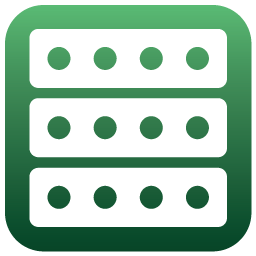I’ve been working on (still am to be honest) a new version of the tap-tempo LFO. There’s a few new features, like:
- Rotary encoder input toggling between and selecting multiplier, waveform and tempo adjustments.
- The just mentioned speed adjustment – You can now micro-adjust a given tempo rather than having to tap in a new one.
- New “random” waveform – I hope to get some fun out of this one myself.
- Many new multipliers (Base tempo is 4/4):
- Whole notes
- Dotted half notes (new)
- Half notes
- Dotted quarter notes (new)
- Quarter notes (1:1)
- Dotted eighth notes (new)
- Eighth notes
- Dotted sixteenth notes (new)
- Triplet notes (new)
- Sixteenth notes
- LED indicators for both base tempo and actual tempo (current multiplier).
Source code is now available for free on github under GPLv3.
It’s not done yet, but getting there. I plan on also bringing the attiny85 up to the same standard (minus a few features). As earlier, I’ll also try to keep a few pre-programmed chips available for those who prefer not to get into the programming side of things.
Keep watching this space for more info soon.

Hi Harold. In the Attiny85 project i can not find any rotary encoder. In according to the schematic there is two 10kB Pots. Thank you
You can’t use regular pots. You need rotary encoders.
Hi Harold. I built this version to Attiny85 but had some issues. Tap switch, led and LFO out ok but the potentiometers did not work propely. I need to turn it fast for make a difference on the multiplier pot and the waveform pot sometimes work, sometimes no. I tried different pots and Attiny85 but the results are the same.
Have you any idea what i am doing wrong? Thanks a lot and congratulations for the site!
Now is solved! The problem was on the fuses.
It works really nice. Thanks for sharing!
Hi Harald,
nice project! You say for Windows programming some minor tweaking is probably necessary, do you know how to programm it with AVR Studio or WinAVR?
I’m able to build the hex file and burn it into the MCU, but it seems to work strange. The LFO works only sometimes and not properly, there are no actual tempo output on PIN7 at all, and the tap tempo input doesnt answer. I have tried everything and it’s not a circuit problem but a MCU problem. Also with only the Attiny powered and no others inputs or outputs there is no answer from PINS 5,6 or 7.
It’s maybe possible to upload the .hex file directly to github?
Thanks for your help!
Oh wow. The new 14 pin v3 chips sound awesome! Keep us updated. I definitely want to purchase a few as soon as they’re available. Thanks so much Harold!
The v3 chips I’m doing for the attiny84a package will definitely not be compatible (the chip is 6 pins larger). I do, however, plan on porting some of the new functionality back into the 8-pin attiny85.
I was just going to see if you had any v2 chips left and seen this and I’m gonna wait. Do you know when we’ll be able to order them? And a curious question, are the v3 chips going to be compatible with the layouts you’ve done including the v2 chip?